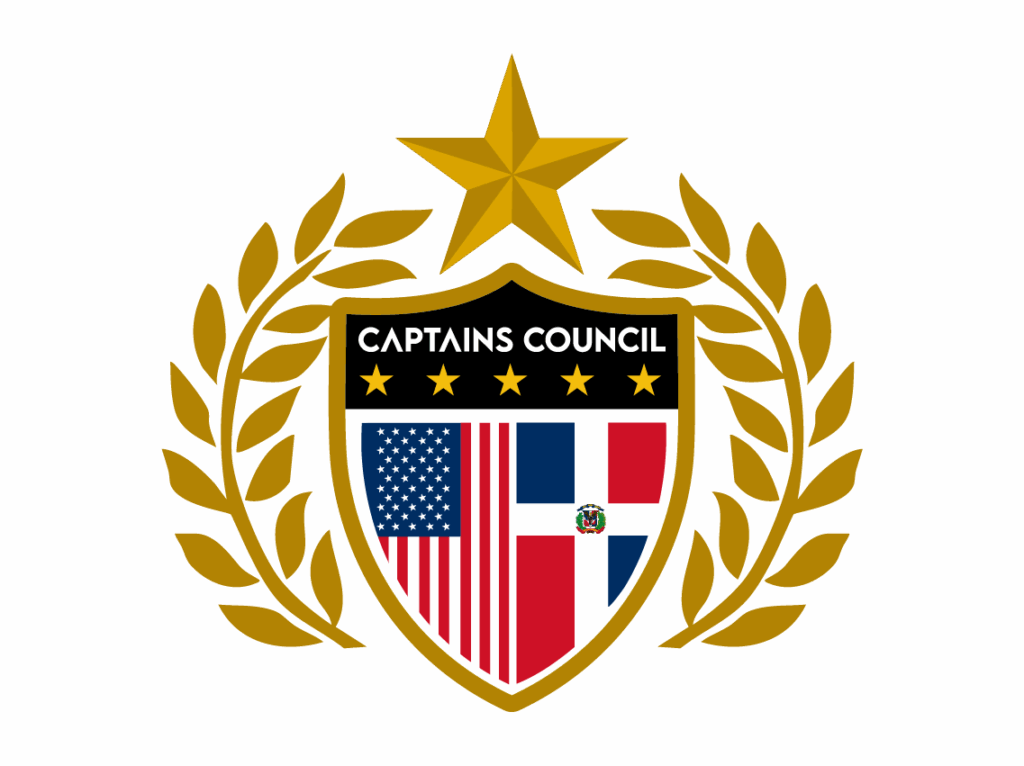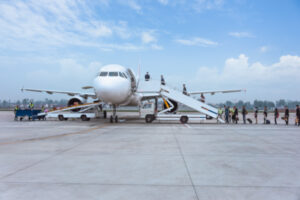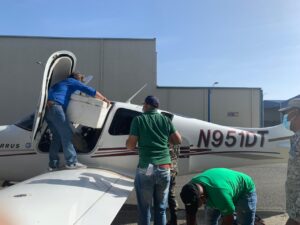The Dominican Republic, known for its diverse geography, vibrant tourism, and growing economy, requires an agile, flexible, and appropriately adapted airport infrastructure to meet its multiple needs. In this context, the development of grass (turf) runways can represent a strategic alternative to facilitate general aviation, promote rural development, strengthen internal connectivity, and encourage sustainable tourism. Although traditionally, priority has been given to paved and large-scale airports, grass runways hold significant value in geographical contexts such as that of the Dominican Republic.
The sector that would benefit the most is general and low-cost aviation. Grass runways are especially useful for light aircraft such as private planes, training aircraft, or agricultural spraying aircraft. These runways require significantly less investment than paved ones and can be built quickly in rural or hard-to-reach areas. This reduces entry barriers for private pilots, flight schools, agricultural companies, and tour operators, allowing for the decentralization of national aviation and promoting a more inclusive and functional air network.
It would boost rural development and access to remote communities. Many Dominican municipalities—especially in mountainous or isolated regions such as the Sierra de Bahoruco or parts of the Cibao—have limited ground access. Grass runways can serve as vital connection points for emergency medical services, transportation of perishable goods, mobility of agricultural technicians, and even evacuation in disaster situations. This facilitates greater territorial integration and helps reduce inequalities between urban and rural areas.
Diversification of eco and adventure tourism. Tourism in the Dominican Republic is not limited to Punta Cana or Santo Domingo. There is growing interest in less conventional destinations such as Jarabacoa, Constanza, Pedernales, or Montecristi. Developing grass runways in or near these areas would allow the landing of small tourist planes or air taxis, attracting a segment of tourists interested in ecotourism, extreme sports, and natural exploration. This alternative could contribute to a more balanced and environmentally friendly tourism development.
Assessing the economic and environmental impact is important. From an economic perspective, grass runways are considerably cheaper to build and maintain than asphalt or concrete ones. Additionally, they can coexist with agricultural use of the land, be removable, or be integrated into the landscape without severe alterations to the ecosystem. Their ecological footprint is smaller, and if implemented with proper technical criteria, they can remain operational for much of the year with basic maintenance.
As expected, there are challenges. Implementing grass runways requires careful planning. We recommend establishing clear regulations on operational safety, ground drainage, signage, and coordination with the Dominican Civil Aviation Institute (IDAC). It is also important to promote the training of local operators and ensure a legal framework that encourages public-private investment in this type of infrastructure.
We can agree that enabling grass airstrips in the Dominican Republic is not only viable but strategic. It represents an innovative and efficient solution to improve national connectivity, promote rural development, diversify tourism offerings, and democratize access to aviation. In a country with such geographic and human potential, integrating this type of infrastructure could be a key element in advancing toward a more inclusive, resilient, and sustainable mobility system.




